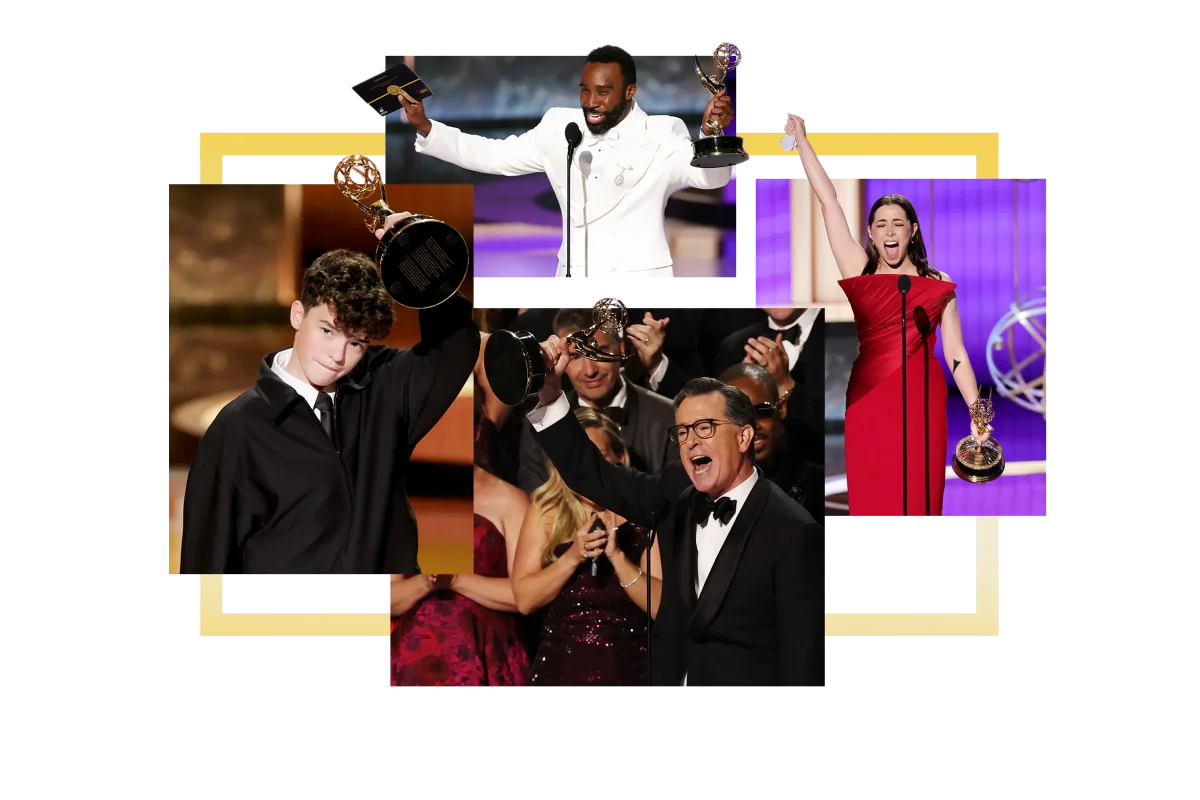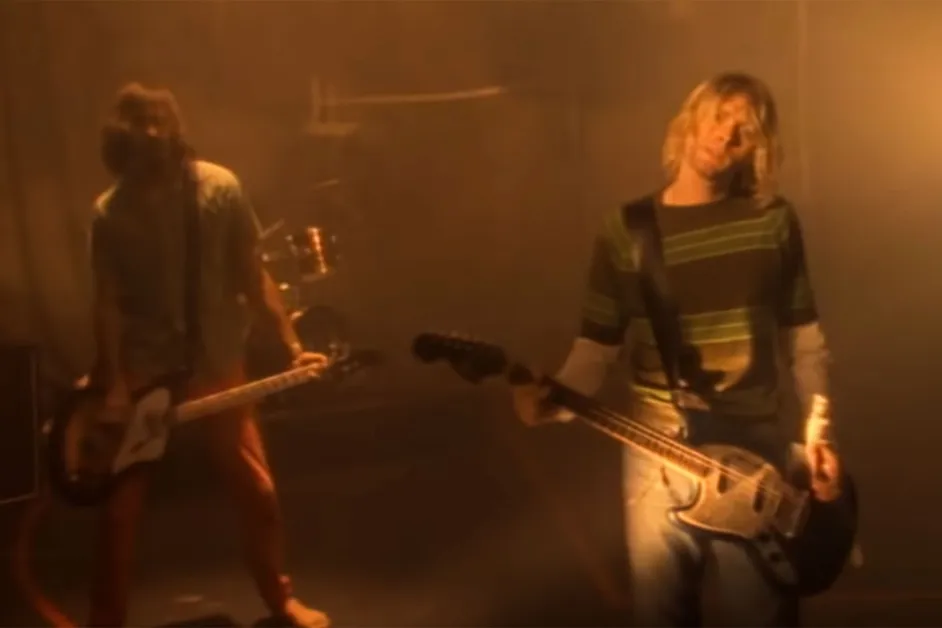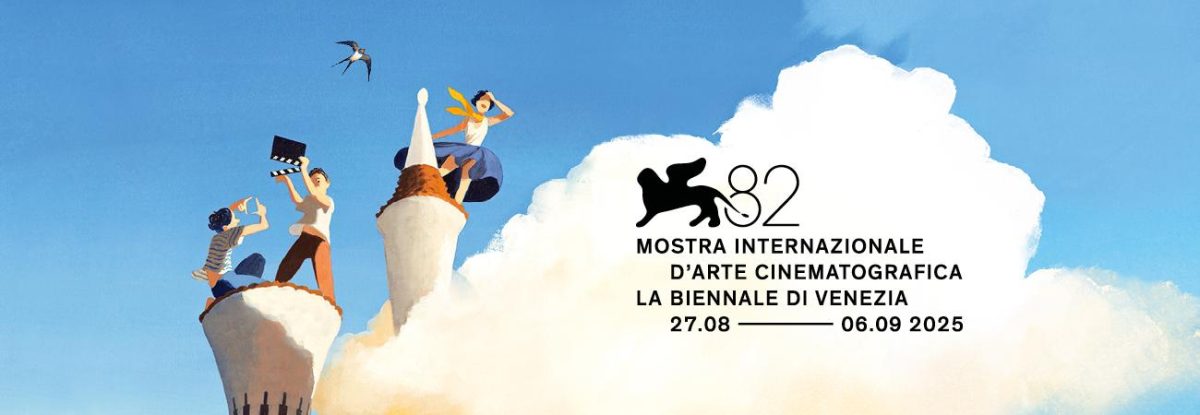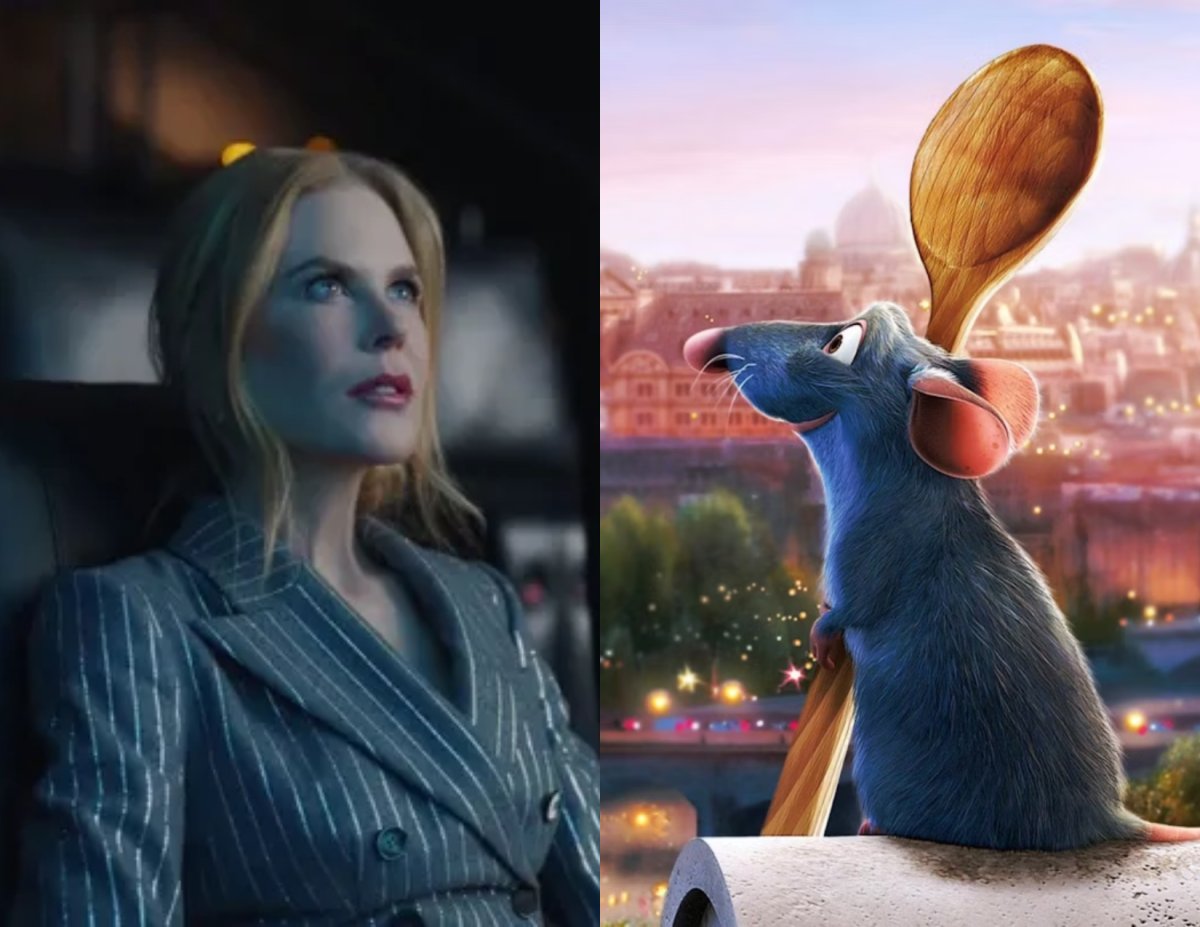Have you ever noticed how all “new” movies coming out are recycled ideas, sequels, prequels, live actions, and remakes? Why is that? It seems that big movie studios are too afraid to invest in something original. There’s only so many Star Wars plot holes to fill, or Disney movies to spin off.
Upon visiting the movie theatre, it seems like every preview looks familiar. A princess must travel across the sea to save her people, a little girl and blue alien bond, this time with CGI. When will the constant reuse phase out? And why is it so popular anyway?
PSYCHOLOGY
For starters, remakes are safe. What’s more reliable than an entire generation of fans that have long since waited for a reboot? Movies like this are much more likely to receive a ridiculous budget, an incredible amount of funding, because it’s almost guaranteed that the movie will do well. Regardless of writing or interesting plot, people always come back for more.
Reboots are also a way to tap into existing fans as well as inspire new ones. Nostalgia is a powerful thing, and big-time studios understand how to manipulate people into returning for movies that remind them of their childhood, of better days, right at the time they’d want to show their kids too.
BUSINESS
With so many avenues to get media to the public, streaming services are scrambling to fill their databases with movies and shows that people will watch. It’s a huge incentive to subscribe onto a certain platform if there are guaranteed hits on it.
Also, with huge franchises such as the Marvel Universe, certain audiences are already hooked. It’s just a matter of if and when new spinoffs come out, then theaters are guaranteed to be full. Blockbuster series like this are constantly putting out new material each time with more funding and fans.
REBOOTS AREN’T (ALWAYS) GOOD, ARE THEY?
Sometimes, remakes fail. Controversy can follow movies around because they didn’t capture the original audience well enough, like they did in the past. Remakes such as the 2019 Live Action The Lion King received mixed reviews from families and critics alike. However, “all press is good press,” right? Sometimes, bad reviews can draw more attention to a film, therefore more people want to watch it.
Also, sequels and reboots are a good way for the original actors to make money and to, hopefully, receive excitement from long term fans. Recently, my family went to see The Naked Gun 2025. The movie was well done. At only 85 minutes long, the average attention span of a 2025 audience, the film served its purpose: a nod to the original trilogy’s witty humor while not being too repetitive or outlandish. Will more expansions be made to the original film? That’s for Hollywood to decide.
HISTORY
In order to understand the frustration that cinephiles all over are struggling with, we must turn our attention to the “golden age of film.” It’s generally agreed that the early 1930s was the start of a revolutionary era in movies. The Wizard of Oz came out in this era, highlighting the technical beauty of film as well as the incredible story telling. Snow White marked the beginning of an ongoing influence of princesses, magic, and fantasy. However, that was just the beginning. Sound and picture quality weren’t the best in this time and not all movies from this era have been properly documented. At this time, theatres were dominated by 5 main studios, called the “Big 5.” These studios were MGM, Paramount, Fox, Warner Bros, and RKO and they controlled every part of film production. By the 1960s, however, these studios received complaints from people, leading to a ruling by the Supreme Court, who believed that Hollywood had become oligarchical, therefore manipulating the industry. After this, Hollywood was changed forever. Most stars of this lost era were either retired or dead by then. The industry was in dire need of fresh materials and new filmmakers.
Enter “New Hollywood”. At the end of the Golden Age directors like Stephen Spielberg, Francis Ford Coppola, and George Lucas were young and funding reluctantly went to them. More inspiration came to young writers from all over the world. The French New Wave, a stylistic approach to film, was one major influence. According to experts the 1967 film, Bonnie and Clyde truly brought in the New Hollywood era. It was a new type of movie, revolutionary and unique.
This era only lasted a few years. George Lucas’ Star Wars is considered responsible in part for the destruction of New Hollywood as well as its predecessor, Jaws. Released in 1975, the Summer Blockbuster genre was born with Spielberg’s incredible hit. Now movie production was split: American New Wave films, and blockbusters, directed by people who learned how to adapt to the market. Blockbusters are comparable to films today, action based, well timed, comedic, and packed with well-known actors.
The 1980s and 1990s bring us to the Sundance Revolution era. In 1969, director, producer, and actor Robert Redford bought a plot of land in the Utah mountains to be a creative haven for artists like himself. The Sundance Mountain resort became a place of art and later a film festival that eventually became an influential platform for independent filmmakers. Redford died only 3 days ago, September 16th, at age 89. His contribution to film won’t be forgotten.
Up into the early 2000s, the digital era, indie films were popular. More funding went to smaller studios and movies such as Reservoir Dogs, and all the way up to the 2017 best picture winner, Moonlight. Indie films highlighted another vital age of filmmaking. Although not as popular today, they have adapted to new American culture and thrived.
NOW
But how does that impact filmmaking now? Indie films are still being made somewhere but they aren’t necessarily as well distributed to viewers. An average trip to the movie theatres offers a 30-minute selection of previews, all sequels or remakes, despite lesser-known films that get forgotten about until released on HBO or Disney or any other streaming service. Not to mention the fact that theaters themselves are going out of business, becoming desolate, overpriced, places with little keeping them from going completely bankrupt.
As far as Hollywood goes, movies are trending into more of a business than an art form. The new generation doesn’t even have a long-enough attention span for them anymore. Self-expression is coming out in bite sized pieces now, leaving directors grappling for an audience and fanbase that doesn’t exist. If we really want anything to change, supporting small movie studios by spreading the word and contributing to creativity rather than taking away from it is vital. Each change in the audience ushers in a new change from the studios, and what comes next? We’ll find out soon enough.








